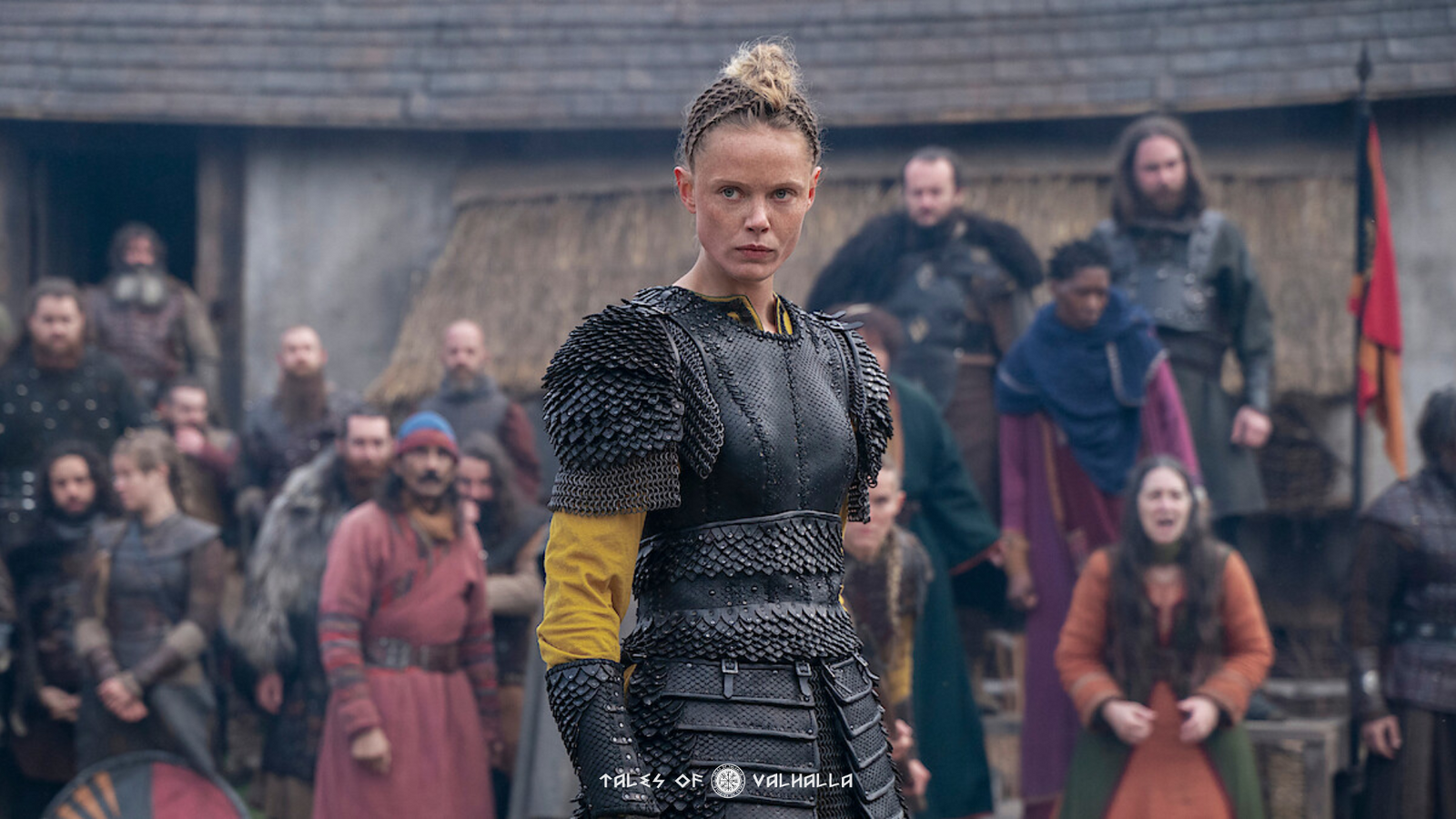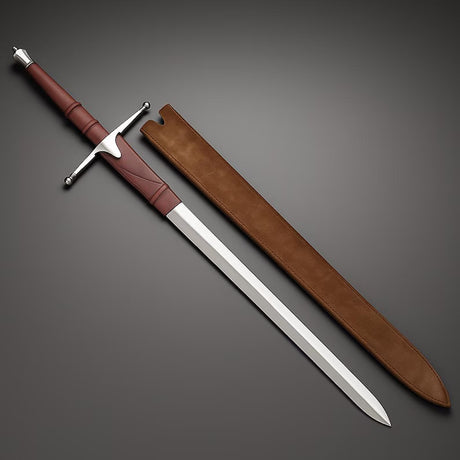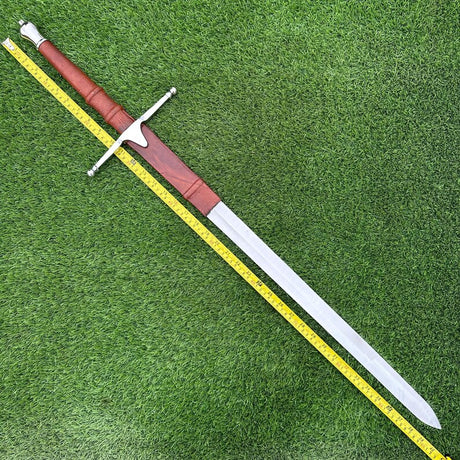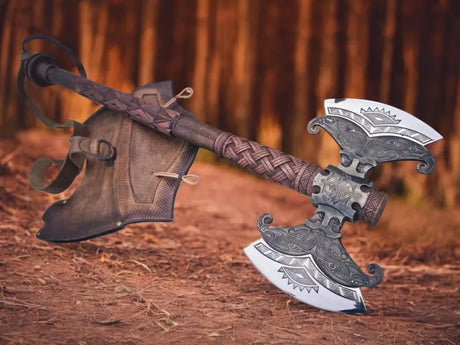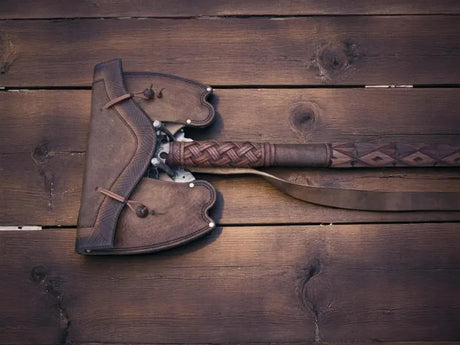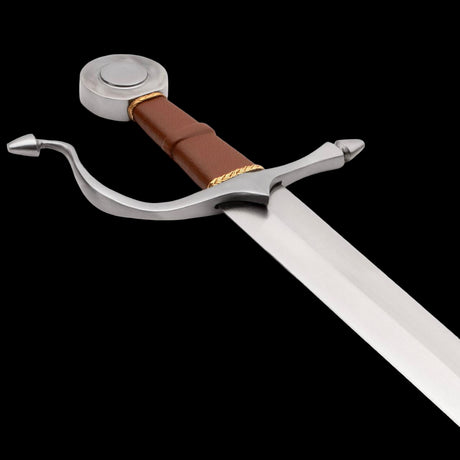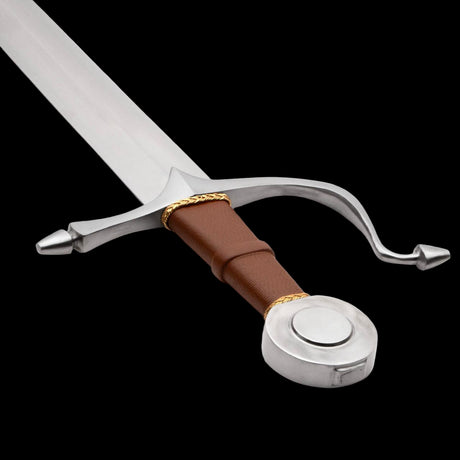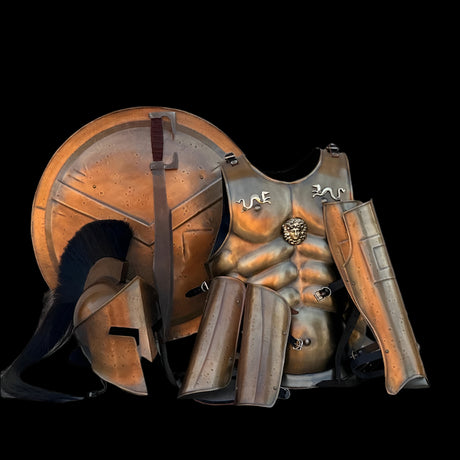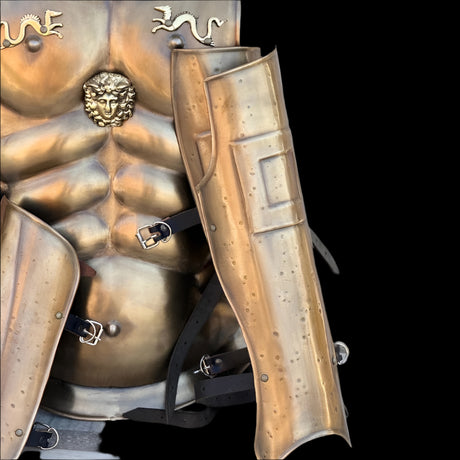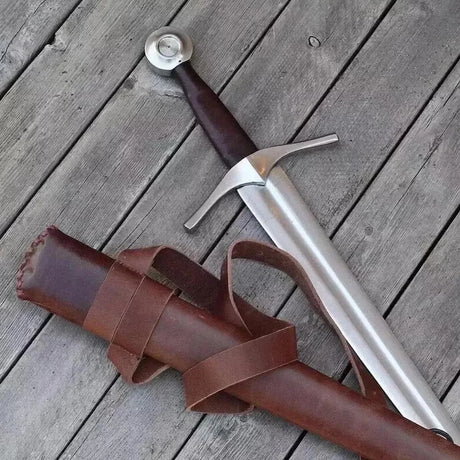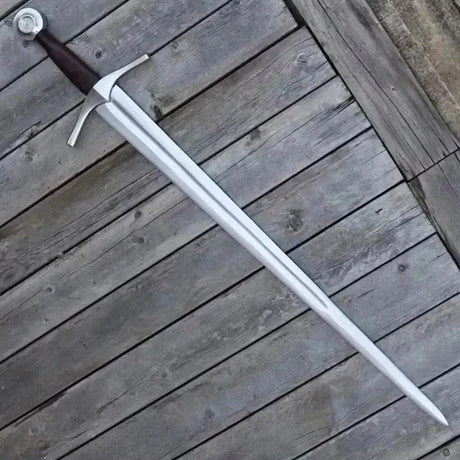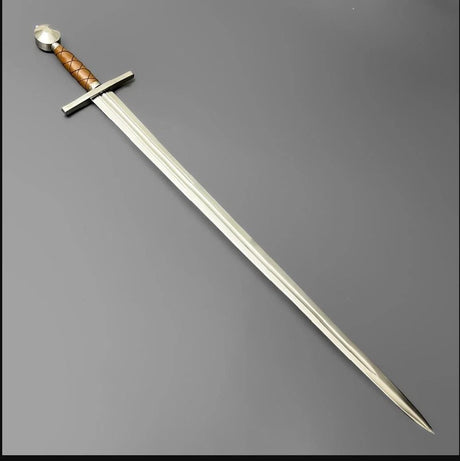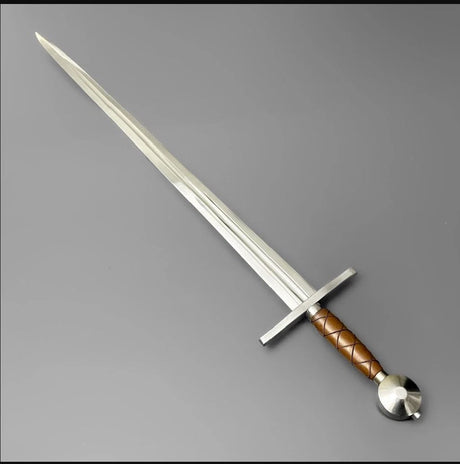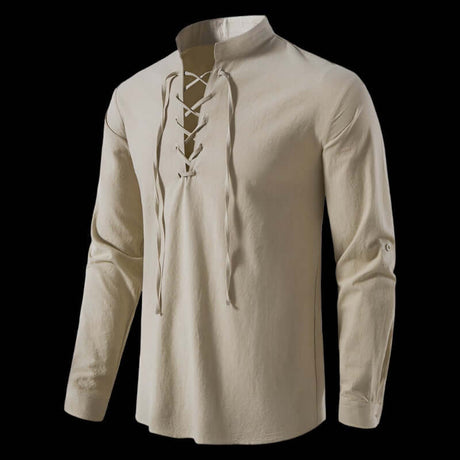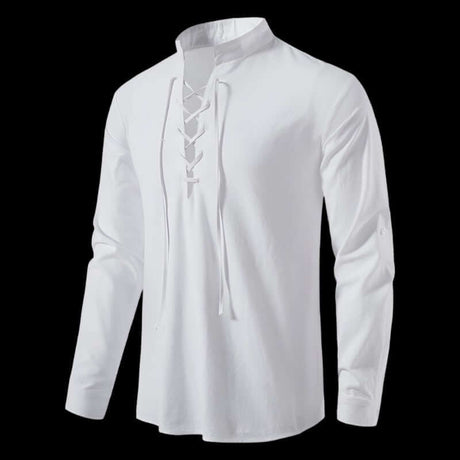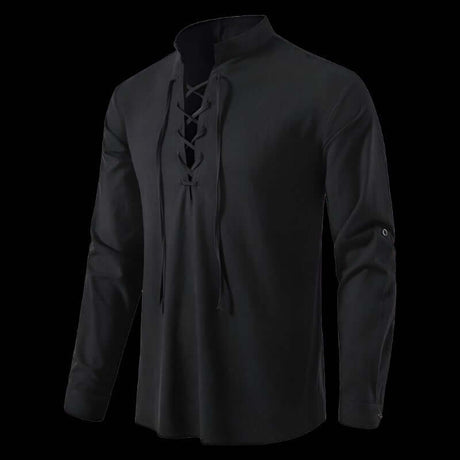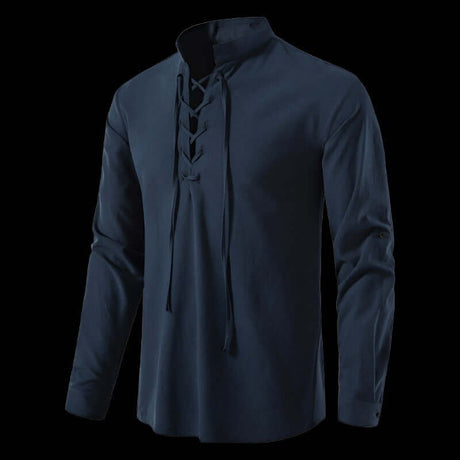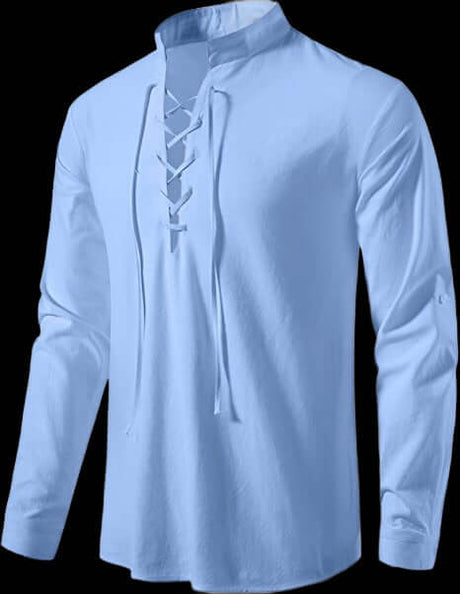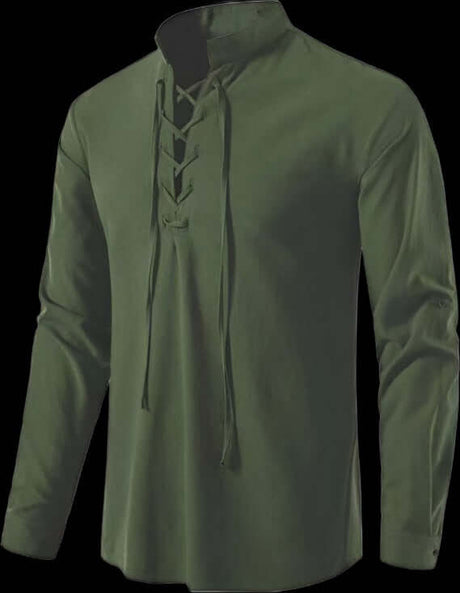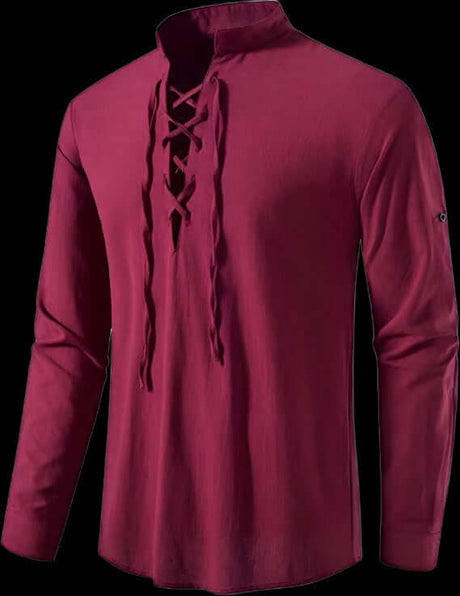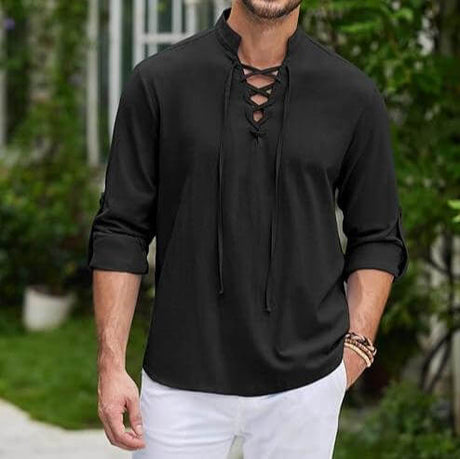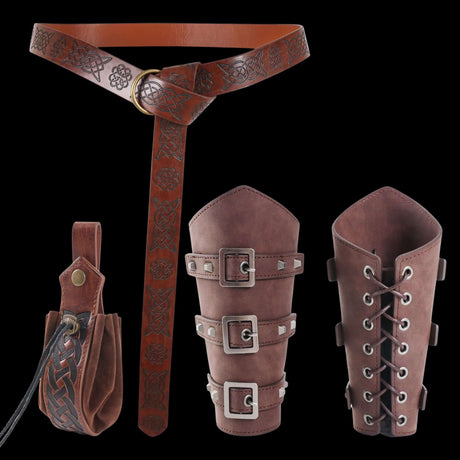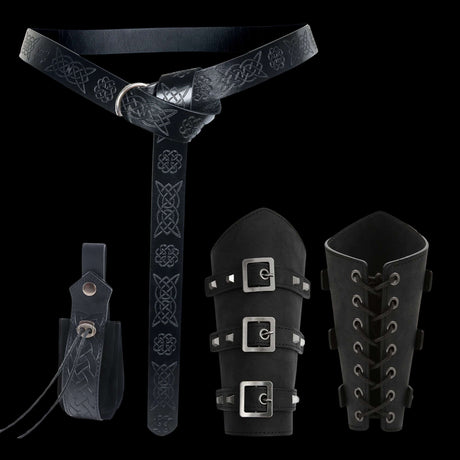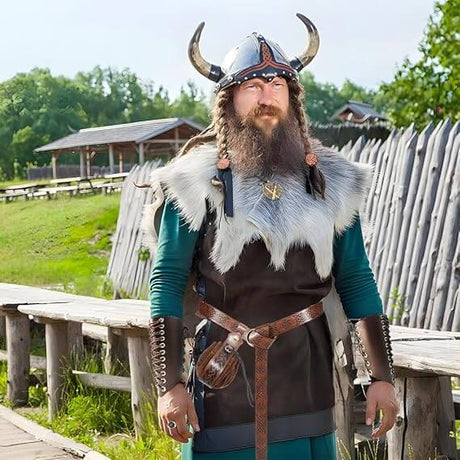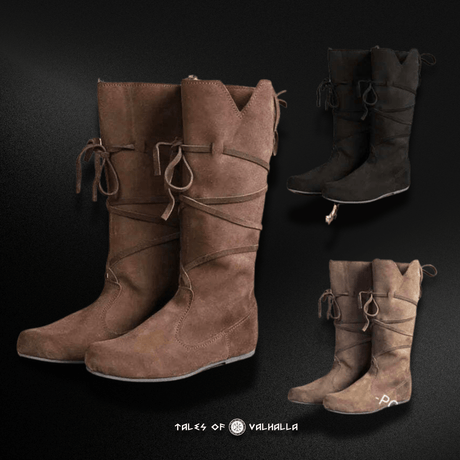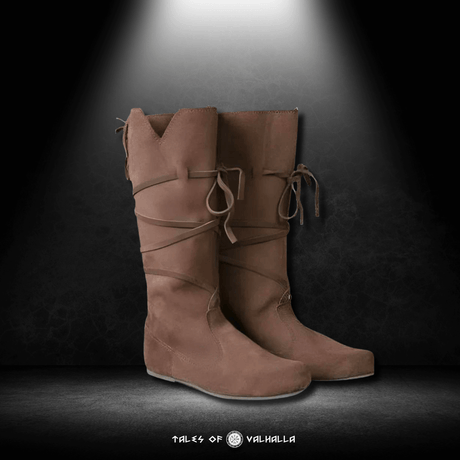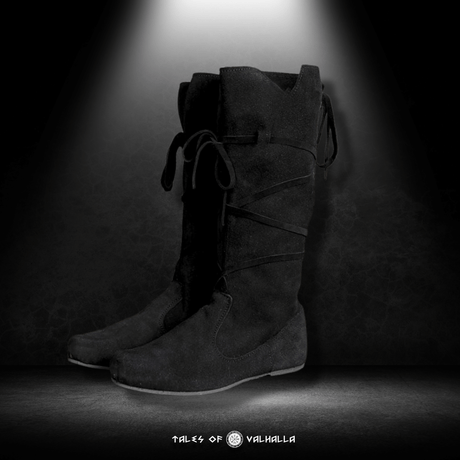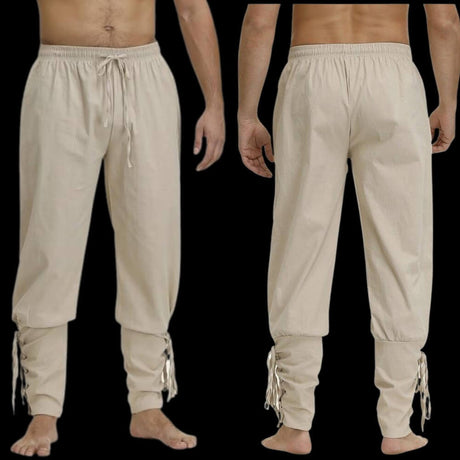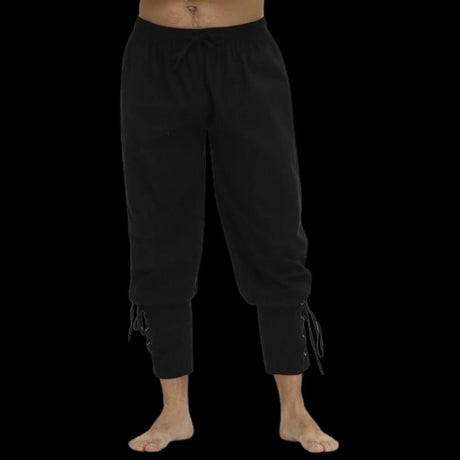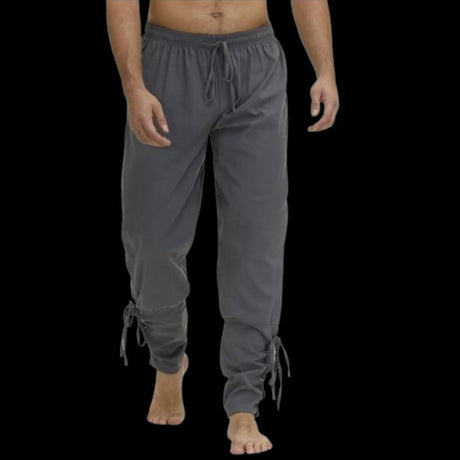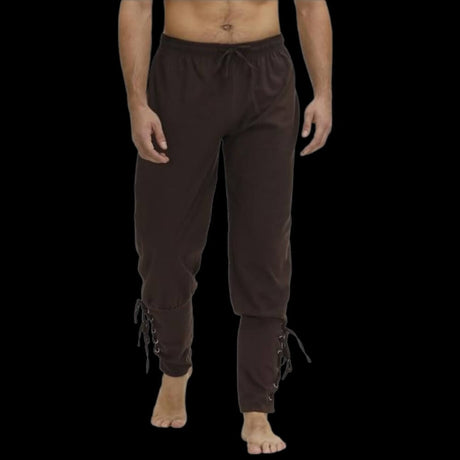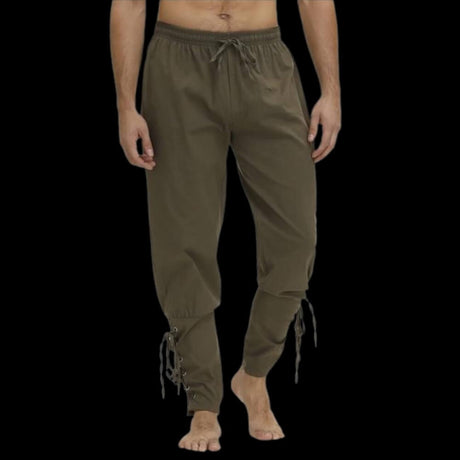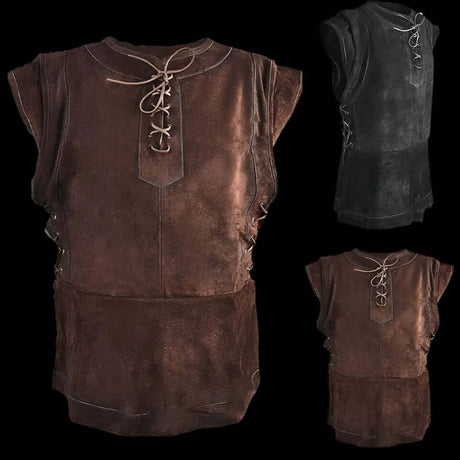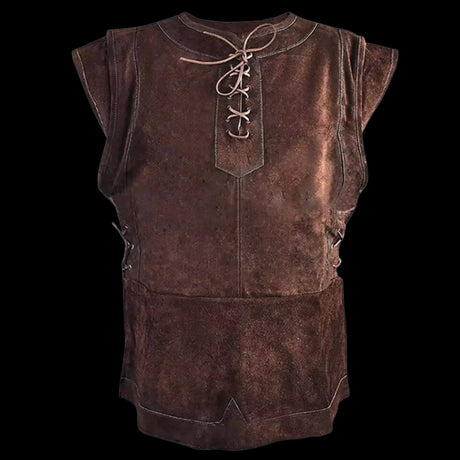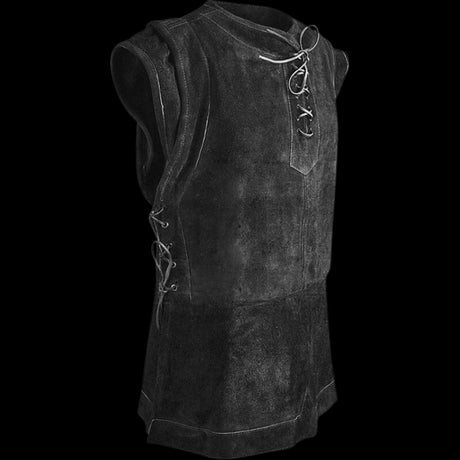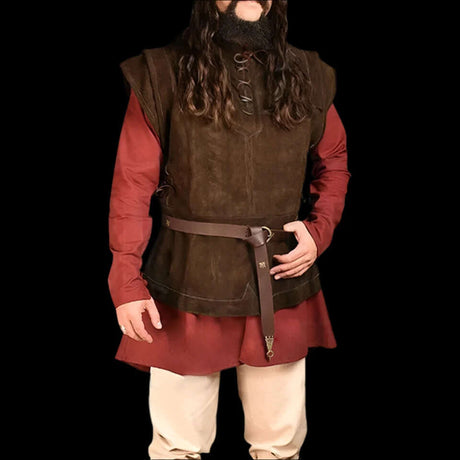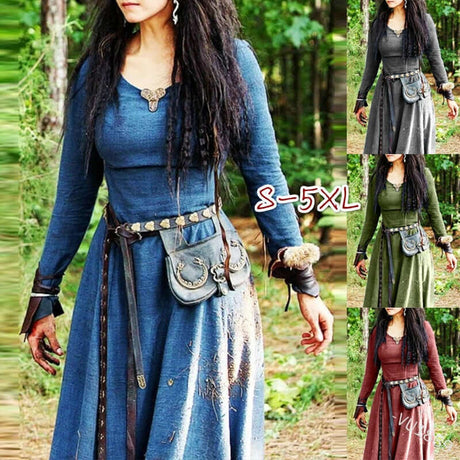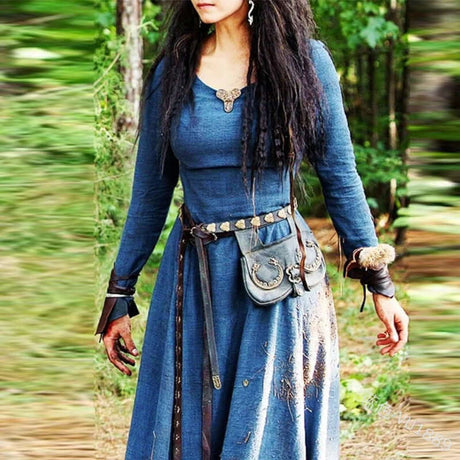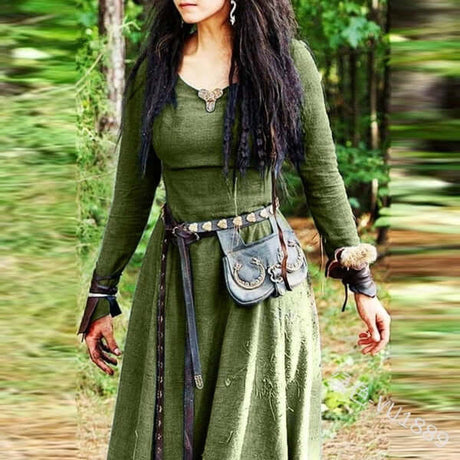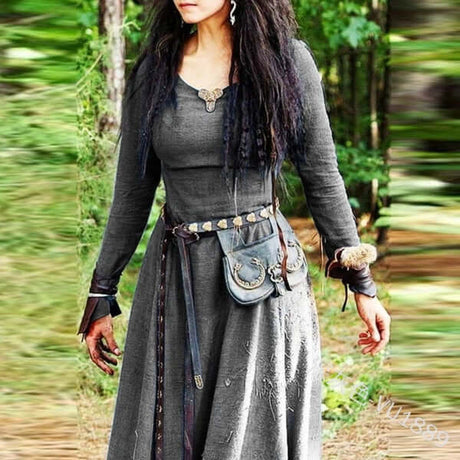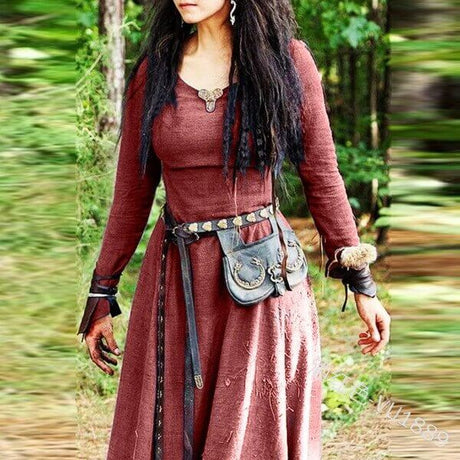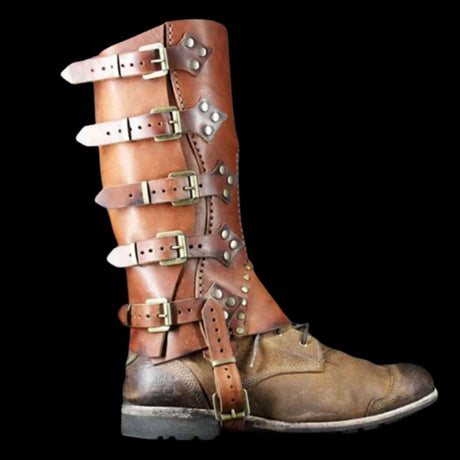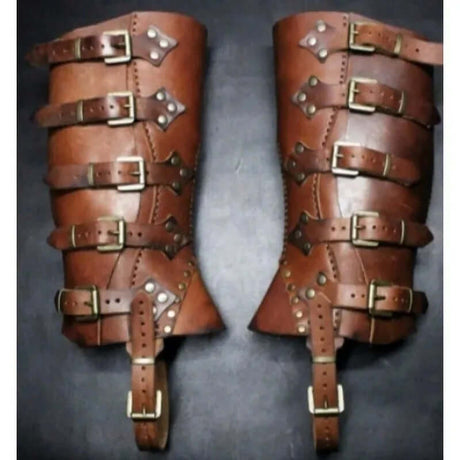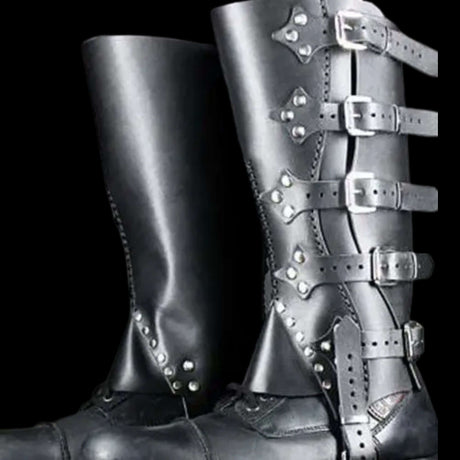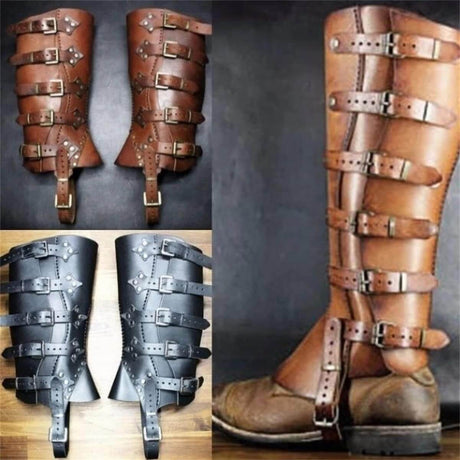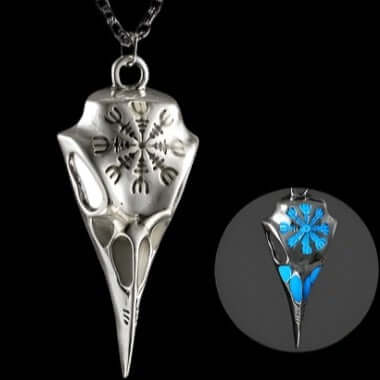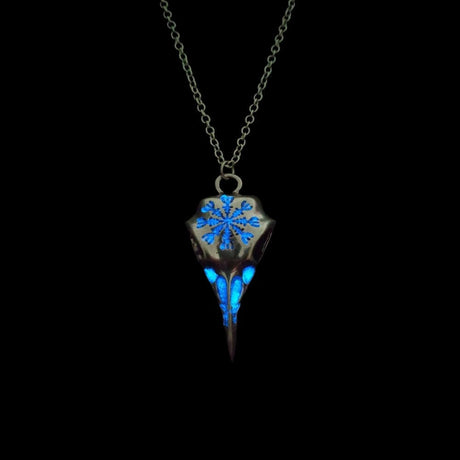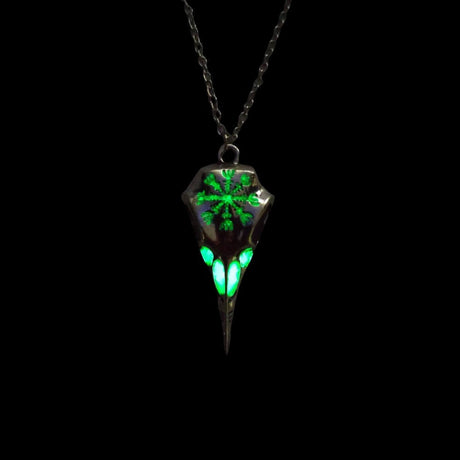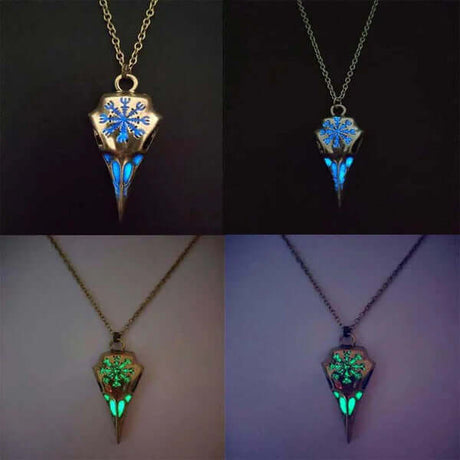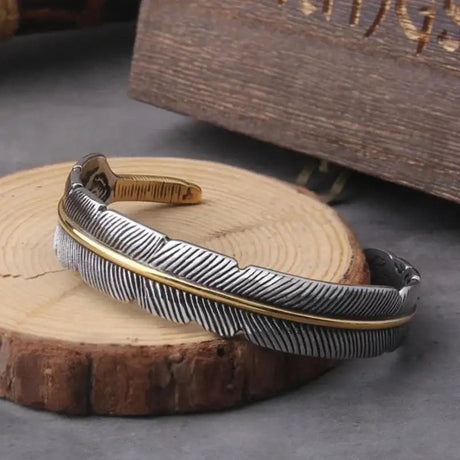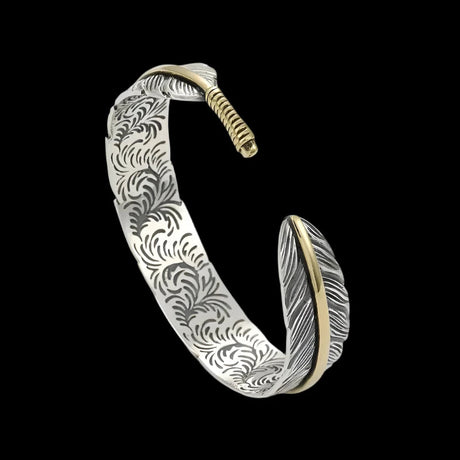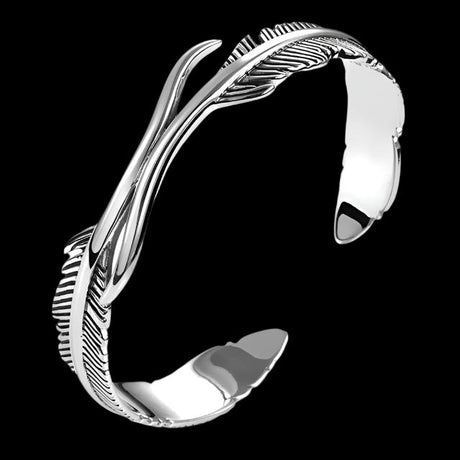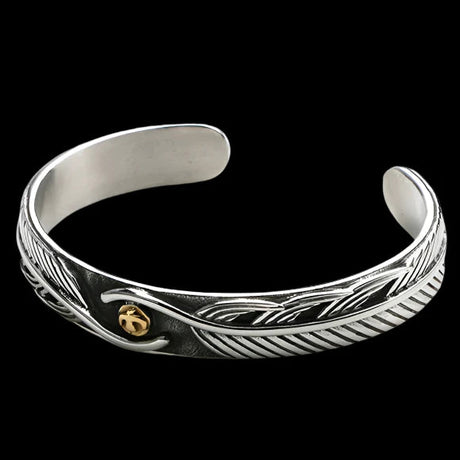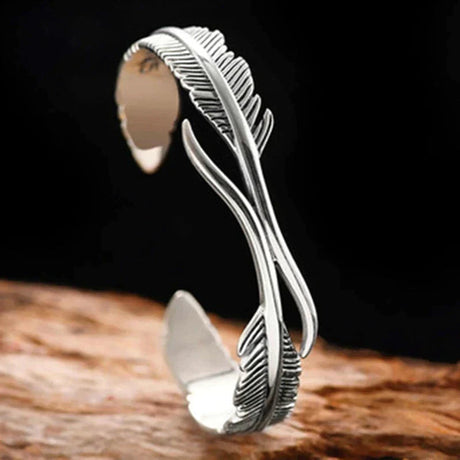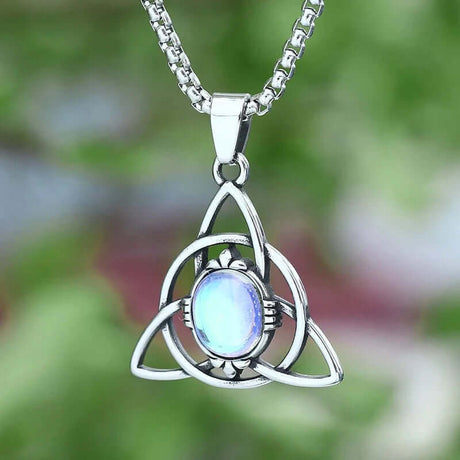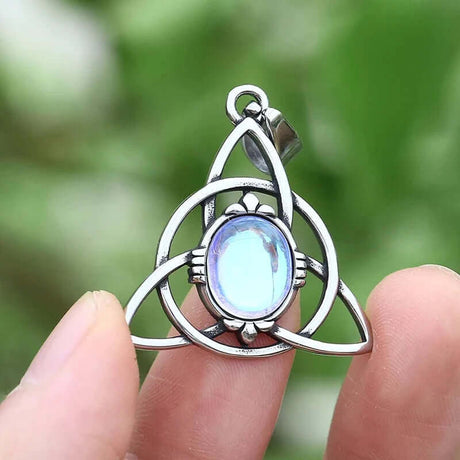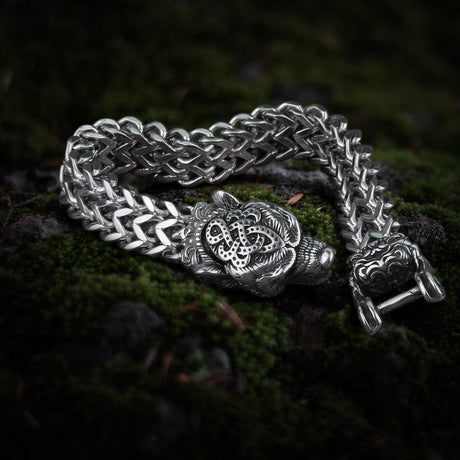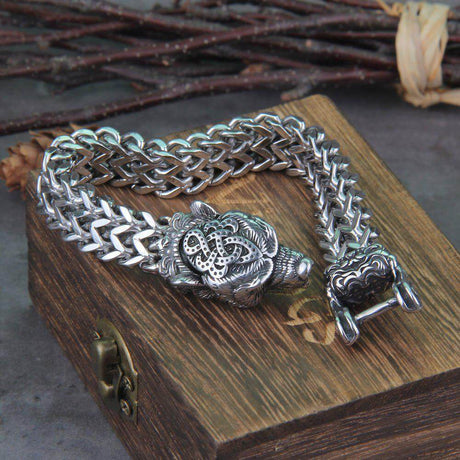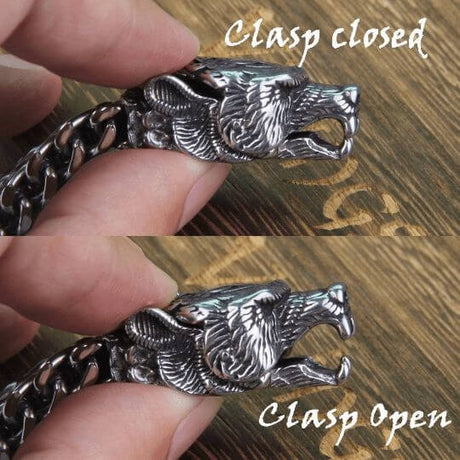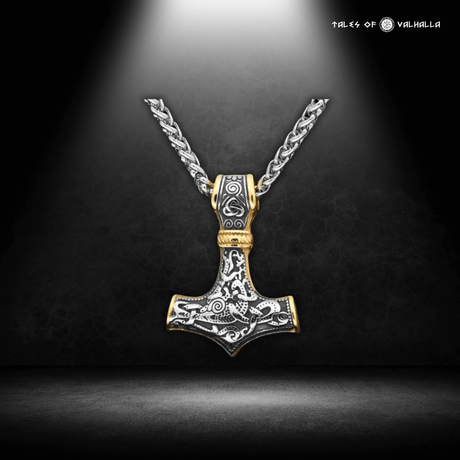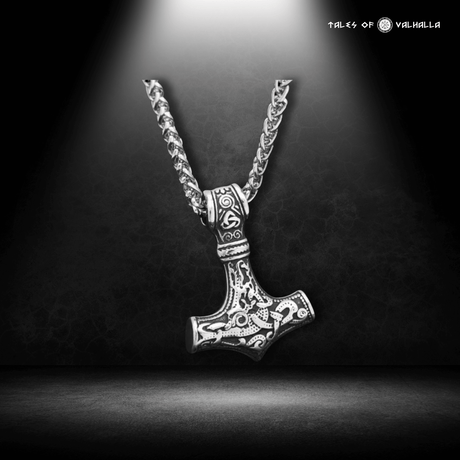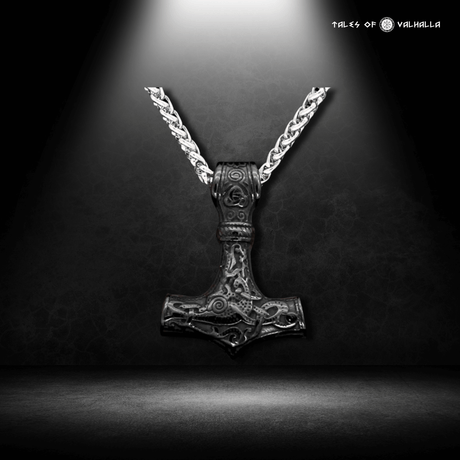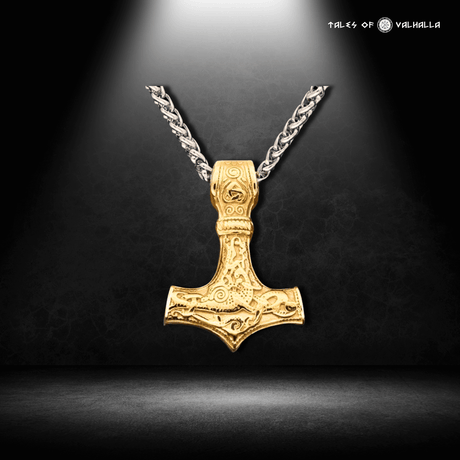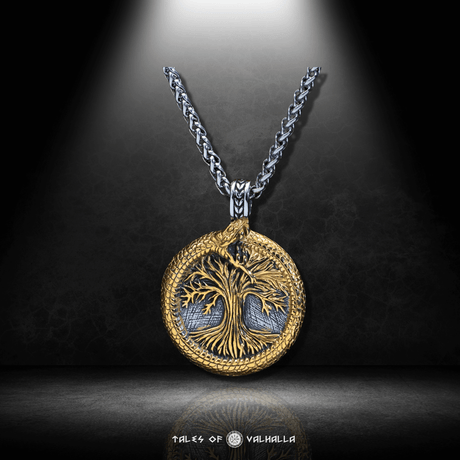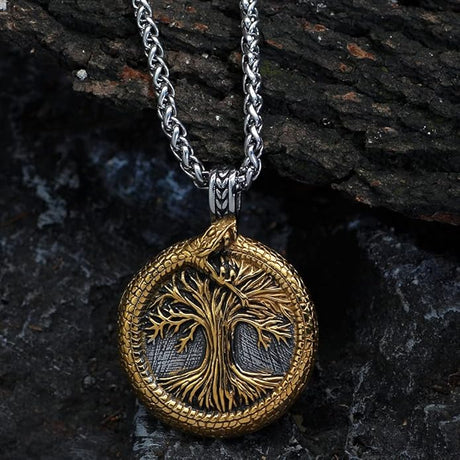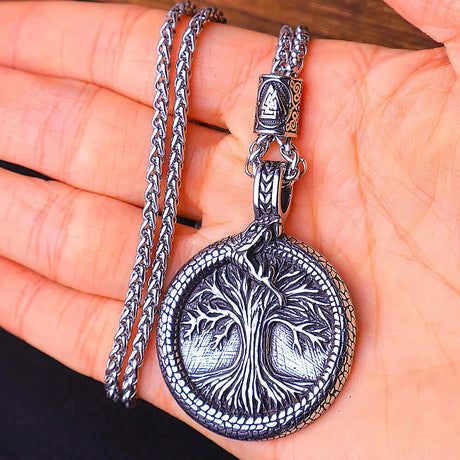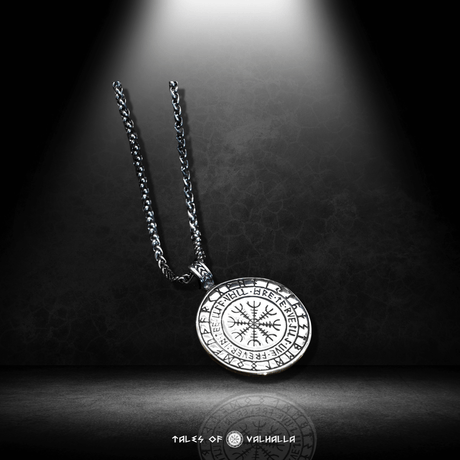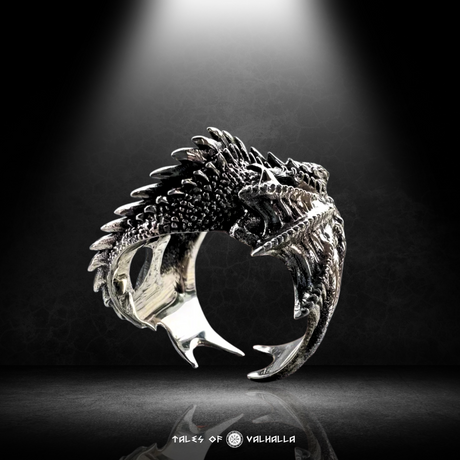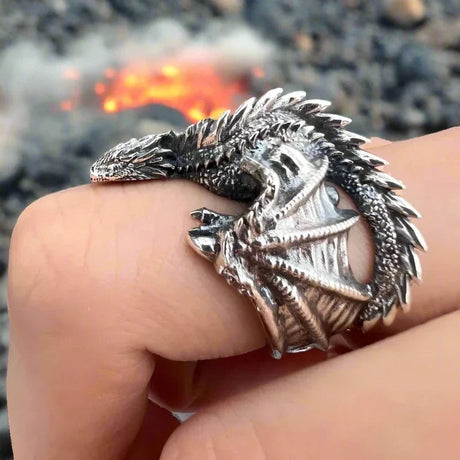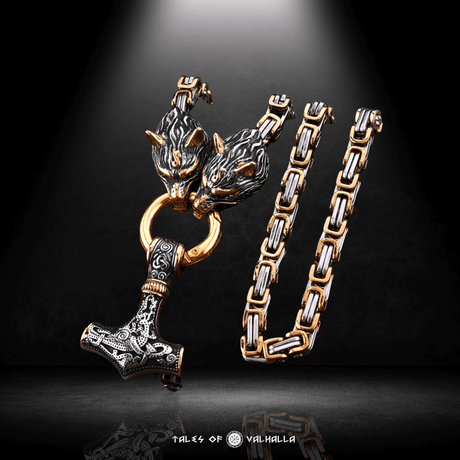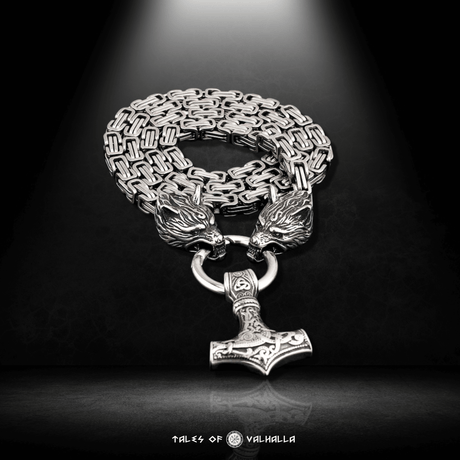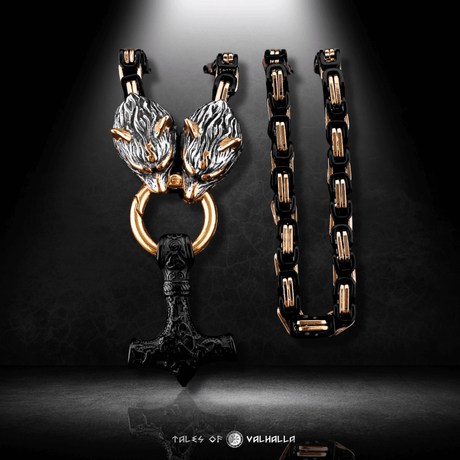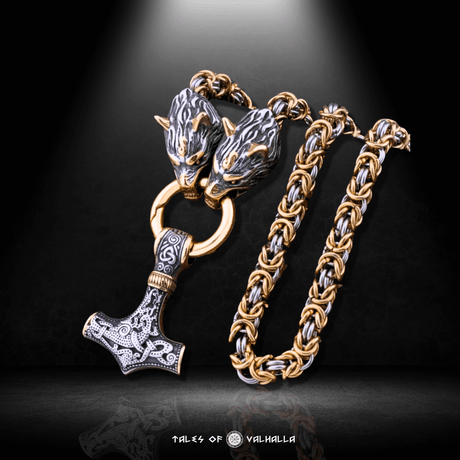When we think of the Vikings, images of fierce warriors and seafaring raiders often come to mind. However, Viking society was far more complex, and women played crucial roles that went beyond the traditional domestic sphere. Viking women were integral to the functioning of their communities, wielding influence in areas such as law, economy, politics, and religion. In this blog, we will explore the multifaceted roles of Viking women, their legal rights, their contributions to trade and wealth management, and their depictions in Norse sagas and legends.
The Social Status of Viking Women

Viking Women
Legal Rights and Independence
Viking women enjoyed a degree of legal rights and independence that was uncommon in many other contemporary societies. Unlike in many other cultures of the time, where women were often seen as property with little to no legal standing, Viking women had the right to own property, inherit from family members, and even initiate divorce.
Women could inherit land and wealth, which they could manage independently. This legal autonomy provided Viking women with significant social and economic power, especially in cases where they were widowed or unmarried. A Scandinavian woman of the Viking age could assert her rights in court, and there are recorded instances of women successfully defending their property or seeking redress for grievances.
The right to divorce was another important aspect of a Viking woman’s independence. Divorce could be initiated by either party, and it was a relatively straightforward process, further emphasizing the legal autonomy of women in Viking society.
The legal rights of Viking women highlight the progressive nature of Norse society in terms of gender equality. While not equal to men in all aspects, Viking women had considerably more freedom and power than many of their contemporaries, making them a unique example of female independence in the medieval world.
Roles within the Household
Within the Viking household, women held significant responsibilities that extended beyond mere domestic duties. They were the managers of the household, responsible for overseeing the farm, managing servants, and ensuring the smooth operation of daily life. This role was crucial in a society where men often spent long periods away from home, either raiding, trading, or engaging in warfare.
The Viking household was a center of production, particularly in terms of textiles. Viking women were skilled in weaving and spinning, and they produced the clothing and other textile goods necessary for the family’s survival. These activities were not just domestic chores; they were essential economic contributions that could also be a source of wealth. Textiles were a valuable commodity in Viking society, and women’s expertise in this area was highly regarded.
In addition to their economic contributions, Viking women were also responsible for the upbringing and education of their children. They taught their children the skills and knowledge necessary to thrive in Viking society, including farming, crafting, and even basic legal principles. The role of women in child-rearing was crucial in passing down the traditions and values of Viking culture to the next generation.
The domestic responsibilities of Viking women, therefore, were far from insignificant. They were vital to the maintenance of the household’s economic stability and social standing, and their contributions were recognized and respected within the community.
Viking Women in Trade and Economy

Viking Women in Trade and Economy
Female Merchants and Traders
Viking society was heavily involved in trade, and women played an important role in this aspect of the economy. While it was more common for men to be traders, there are numerous examples of Viking women who were active in trade, both locally and across long distances. These women were not just passive participants but were often the driving force behind trading ventures.
Female merchants in Viking society were involved in the production and sale of textiles, jewelry, and other goods. Textiles, in particular, were a significant part of the Viking economy, and women’s expertise in this area made them indispensable in trade. Women would produce cloth and clothing that were traded locally or exported to other regions. In some cases, women accompanied their husbands on trading expeditions, actively participating in the exchange of goods and negotiation of deals.
The ability of Viking women to engage in trade and commerce gave them a degree of economic power that was rare in other contemporary societies. They could accumulate wealth independently and use it to enhance their social standing or invest in further business ventures. This involvement in trade demonstrates the versatility and agency of Viking women, who were far more than just homemakers.
Viking Women and Wealth Management
In Viking society, the management of wealth was often the responsibility of women, particularly when their husbands were away. Women were entrusted with the care of the family’s assets, including land, livestock, and other forms of wealth. This responsibility was crucial for the survival and prosperity of the family, especially during times of uncertainty.
A Scandinavian woman in the Viking age could manage the family’s finances, oversee agricultural production, and ensure that the household’s wealth was maintained or increased. Viking women were also involved in the distribution of wealth, making decisions about how resources were allocated within the household and to the community.
The role of women in wealth management underscores their importance in Viking society. They were not just passive beneficiaries of wealth but active participants in its creation and preservation. This economic power gave Viking women a significant degree of influence, both within their families and in the broader community.
Women’s Influence in Viking Politics and Religion

Women’s Influence in Viking Politics and Religion
The Role of Women in Viking Political Affairs
While Viking society was largely patriarchal, women still held considerable influence in political matters, particularly within noble or royal families. Viking women could wield power through marriage alliances, advising their husbands, or even acting as regents in the absence of male leaders.
In the Viking age, marriages were often strategic, designed to forge alliances between powerful families. As wives and mothers, women played a key role in maintaining these alliances and ensuring the continuity of their family’s power. A well-connected Viking woman could use her position to influence political decisions, acting as a trusted advisor to her husband or son.
In some cases, Viking women served as regents, ruling on behalf of their sons or younger male relatives until they came of age. This was particularly common in noble families, where the absence of a male leader could lead to instability. The regency of women in these cases was a testament to their leadership abilities and their recognition within the community as capable rulers.
The political influence of Viking women was not limited to their own families. Some women, like Queen Gunnhild, the wife of Erik Bloodaxe, were known for their political acumen and their ability to navigate the complex power dynamics of Viking society. These women were not just passive figures but active participants in the political life of their time.
Viking Women and Religious Practices
Religion played a central role in Viking society, and women were deeply involved in religious practices. Viking women could serve as priestesses, participate in rituals, and practice seidr, a form of Norse magic associated with prophecy and sorcery.
One of the most important religious roles for Viking women was that of the volva, a seeress or prophetess who was believed to have the power to communicate with the gods and foretell the future. The volva was a highly respected figure in Viking society, and her guidance was sought in matters of war, politics, and everyday life. The practice of seidr was closely associated with women, and it was believed that they had a special connection to the spiritual world.
In addition to their role as seeresses, Viking women were involved in the worship of goddesses such as Freyja, who was associated with love, fertility, and war. Freyja was one of the most important deities in the Norse pantheon, and her worship was central to many religious practices. Women would participate in rituals dedicated to Freyja, seeking her favor in matters of love, fertility, and protection.
The involvement of women in religious practices highlights their spiritual significance in Viking society. They were not only participants in religious ceremonies but also leaders and practitioners of powerful forms of magic and prophecy. This spiritual authority gave Viking women a unique and respected place in their communities.
The Image of Viking Women in Sagas and Legends

Viking Women in Sagas and Legends
Depictions of Heroic Women in Viking Sagas
The Viking sagas, which are some of the most important sources of information about Norse culture, frequently depict women as strong, independent, and capable figures. These sagas provide valuable insights into the roles and perceptions of women in Viking society, portraying them as active participants in the events of their time.
One of the most famous Viking women in the sagas is Lagertha, a shieldmaiden who fought alongside her male counterparts in battle. According to the sagas, Lagertha was a fierce warrior who defended her homeland and avenged wrongs committed against her family. Her story exemplifies the ideal of the strong, independent woman who is capable of taking on traditionally male roles when necessary.
Another prominent figure in the sagas is Gudrun, the central character in the Laxdaela Saga. Gudrun is depicted as a complex character, driven by love, revenge, and ambition. Her story is one of tragedy and resilience, and it highlights the emotional depth and strength of Viking women.
Brynhild, a Valkyrie and one of the central figures in the Völsunga Saga, is another example of a powerful Viking woman. As a Valkyrie, Brynhild was a warrior who chose who would live and die in battle. Her story is one of love, betrayal, and vengeance, and it underscores the themes of honor and fate that are central to Viking culture.
These depictions of Viking women in the sagas reveal the high regard in which they were held and the important roles they played in the society. Far from being passive figures, these women were active participants in the events of their time, shaping the course of history through their actions.
Conclusion
Viking women played a crucial role in their society, holding responsibilities and wielding influence in various aspects of life, from the household to the battlefield, from trade to religion. They were far more than just the wives and daughters of warriors; they were active participants in the economic, political, and spiritual life of their communities.

